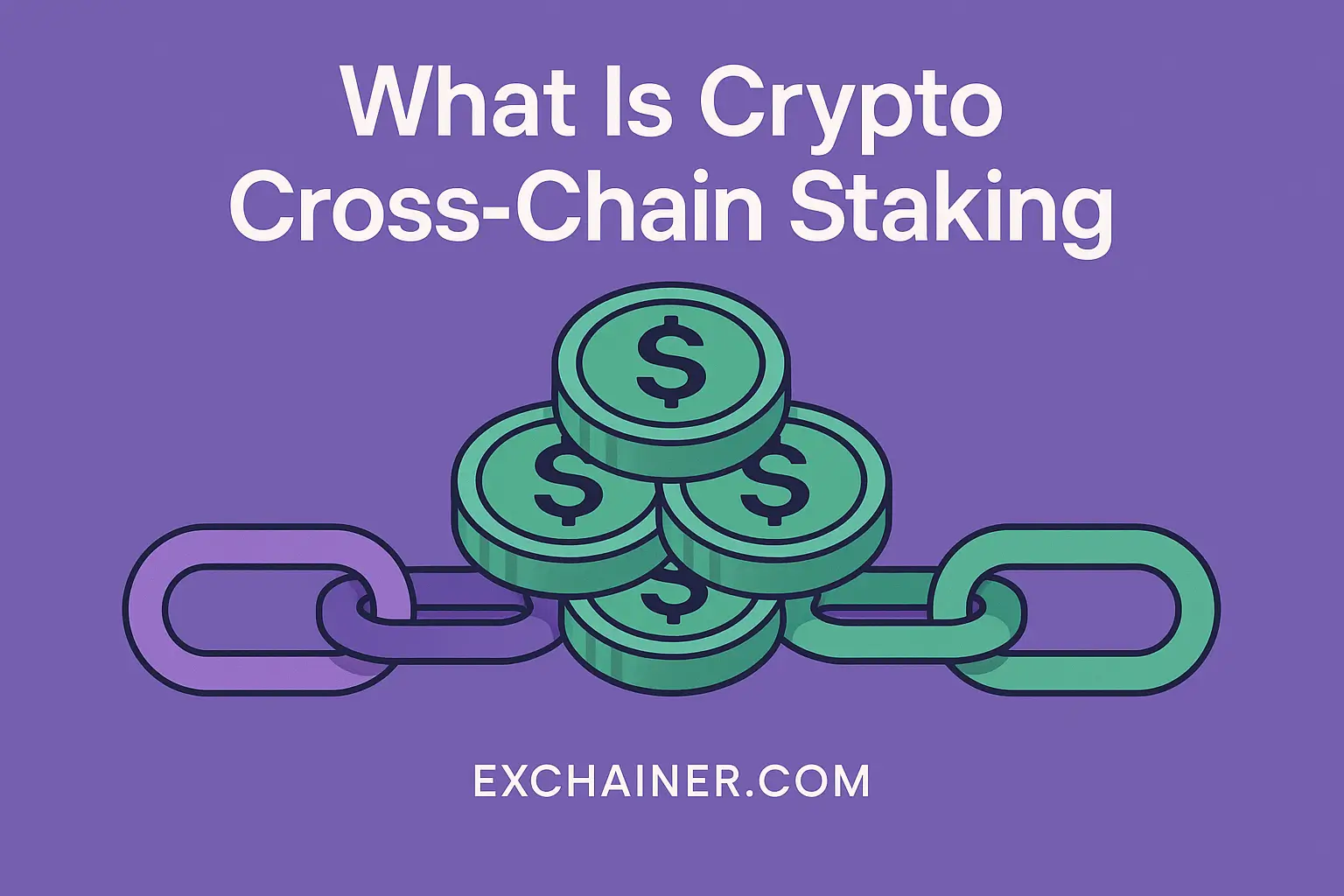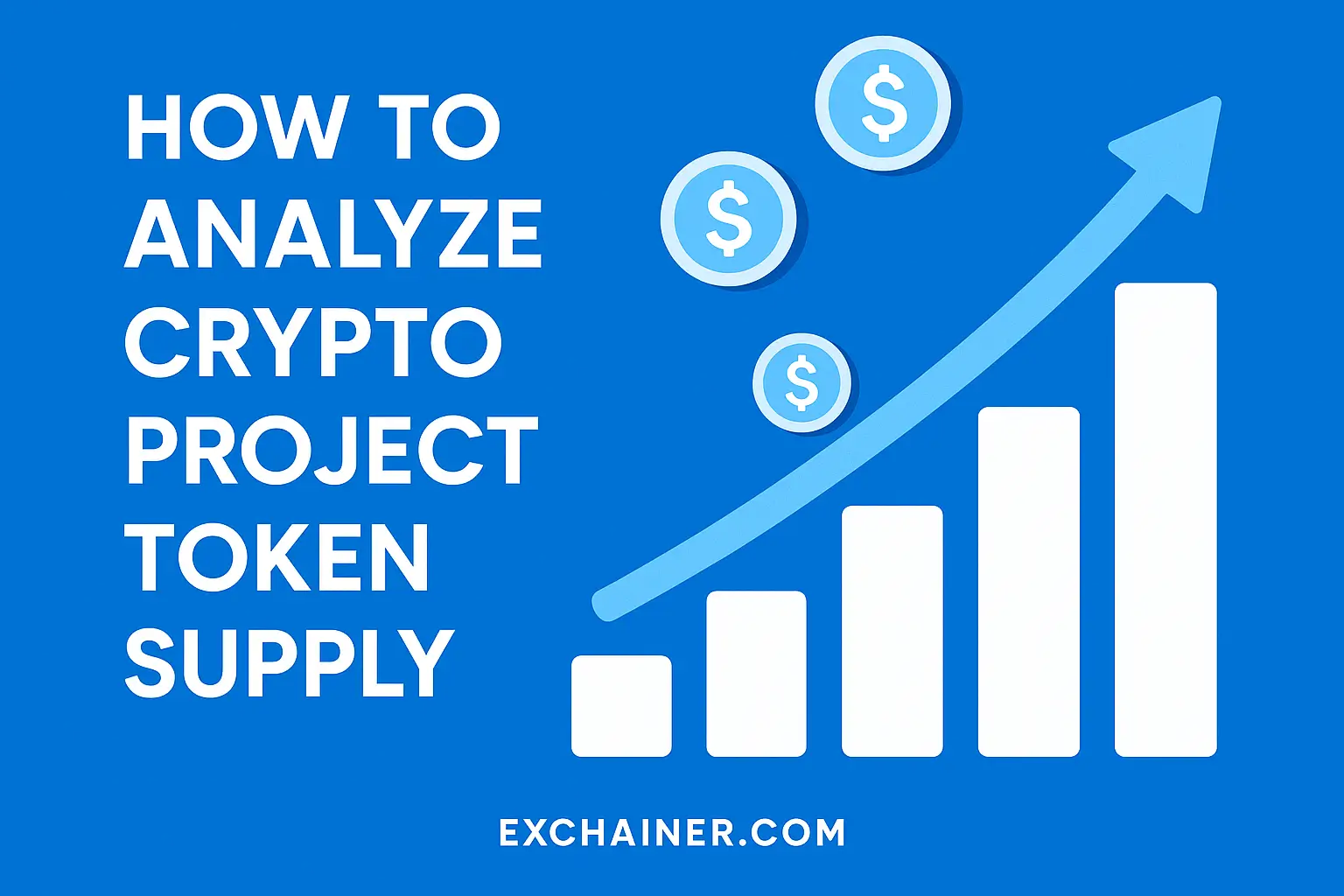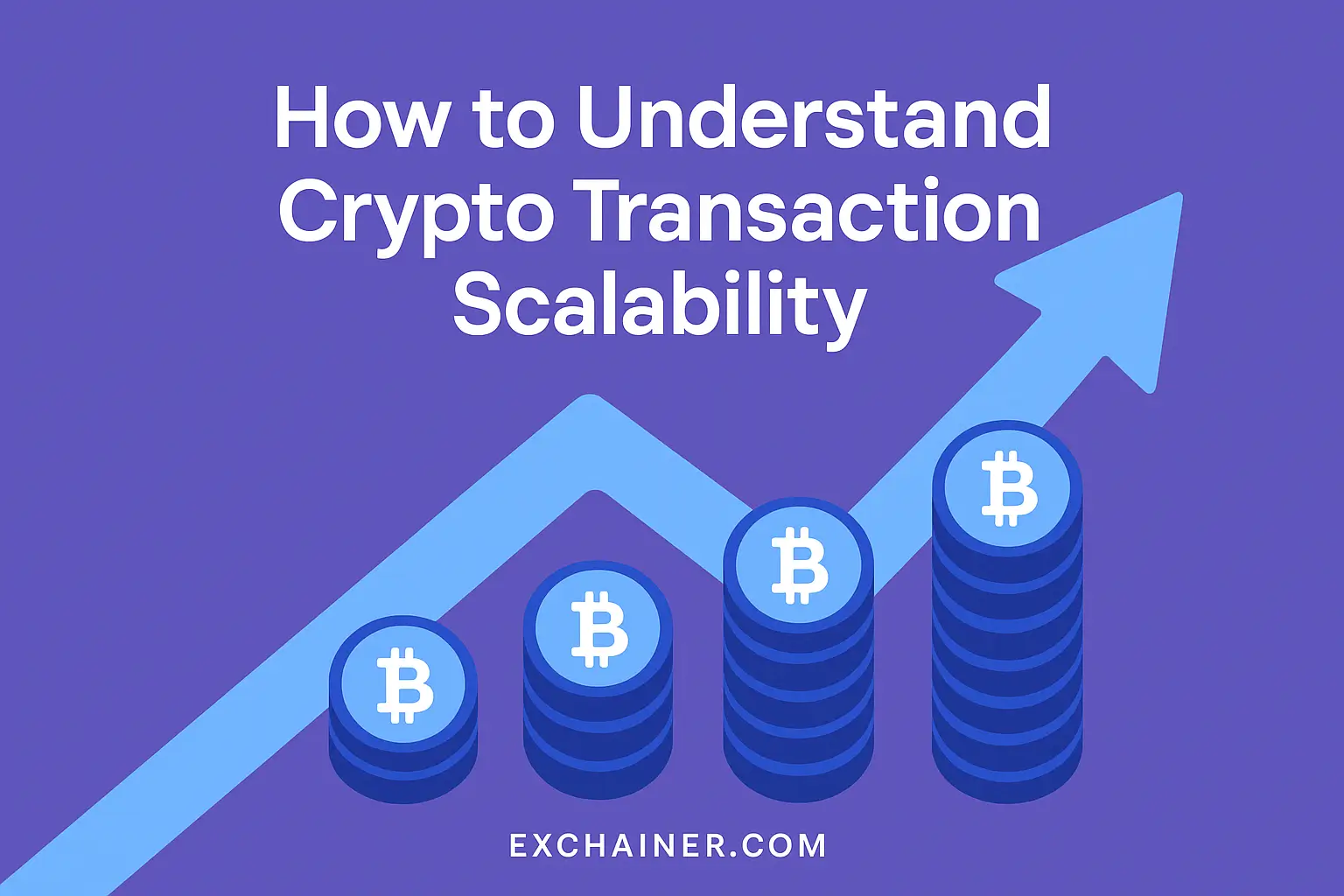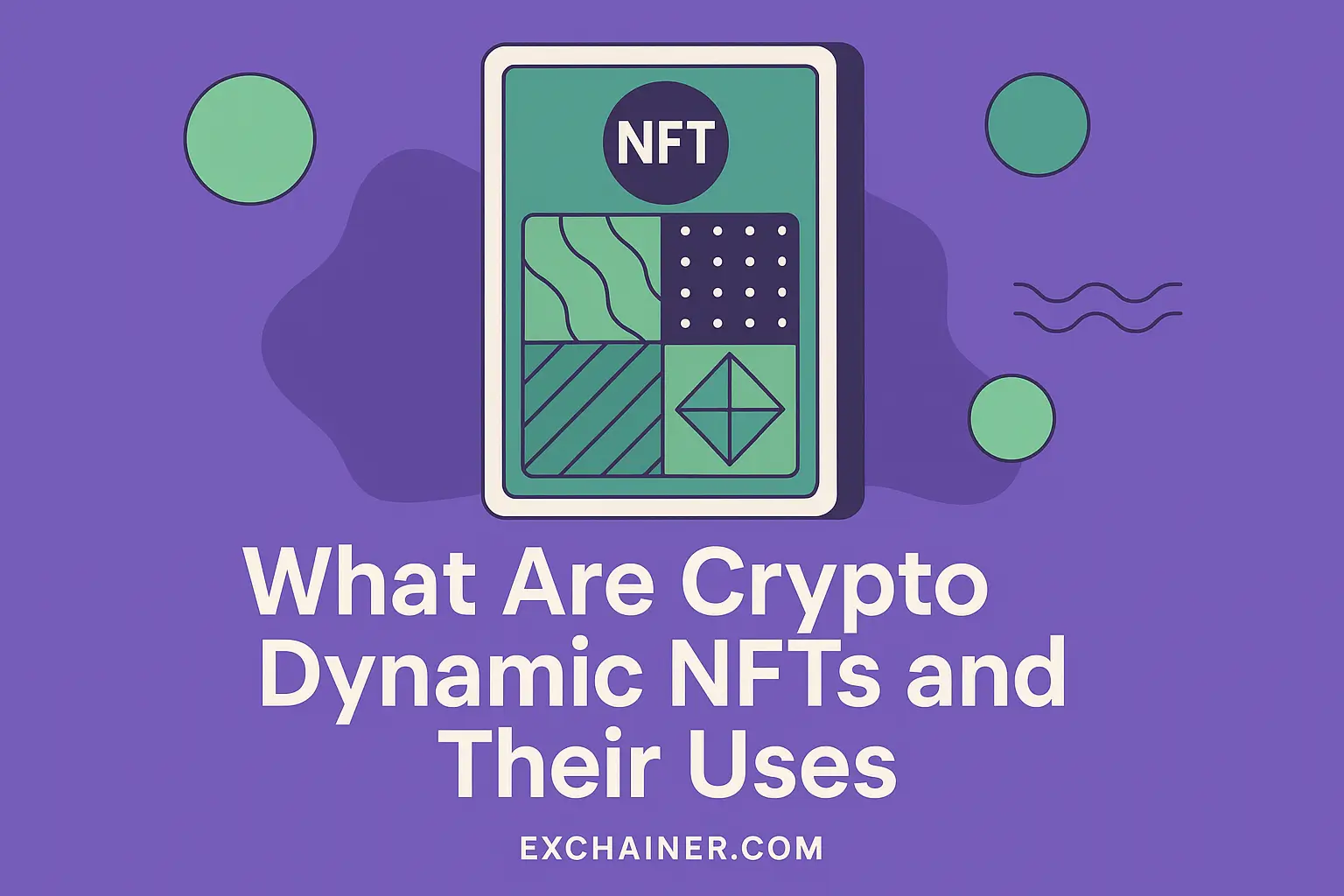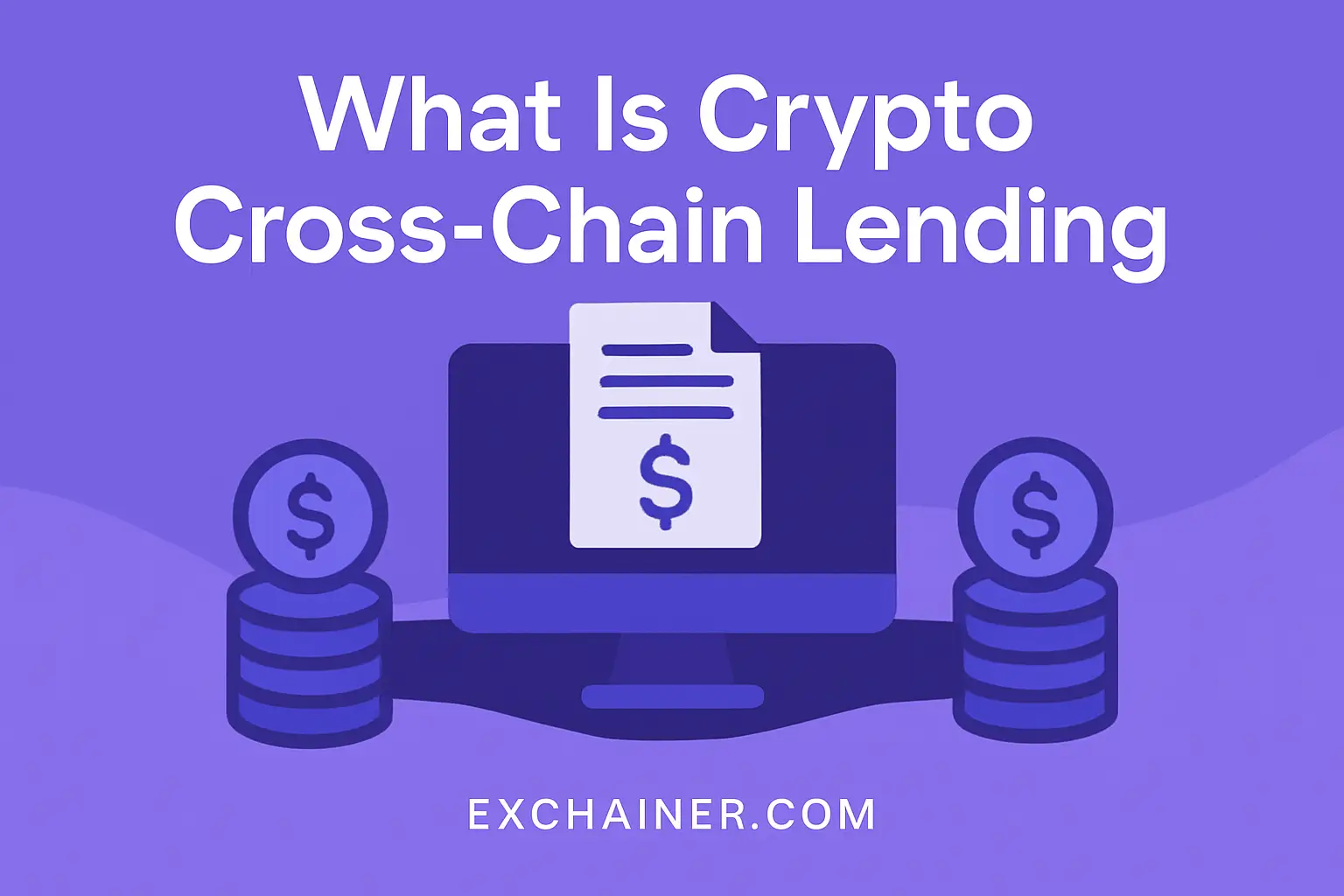Introduction: Discovering the Magic of Cross-Chain Staking
Friends, if you’ve been exploring the world of cryptocurrencies, you might have come across the term "cross-chain staking" and wondered what it exactly means. Well, you’re not alone! Understanding cross-chain staking can feel like learning a new language at first, but it’s rapidly becoming a game-changer in the crypto space. Simply put, cross-chain staking is a powerful way to maximize the benefits of your digital assets by staking tokens across different blockchain networks. It adds a whole new layer of flexibility and opportunity compared to traditional staking methods.
Why should you care about cross-chain staking? Because in today’s multi-chain ecosystem, where projects exist on Ethereum, Binance Smart Chain, Polkadot, and many more, your crypto isn’t limited to just one environment. With cross-chain staking, you can effectively earn staking rewards by leveraging assets across multiple chains, unlocking better yields and fostering blockchain interoperability. This is the future of decentralized finance (DeFi) in action — where assets flow seamlessly, creating exciting possibilities for crypto holders like you.
In this comprehensive article, we’ll unravel everything you need to know about cross-chain staking. From the basics of staking and how it traditionally works, to what makes cross-chain staking revolutionary, plus practical examples and tips to get started confidently, we’ve got you covered. So, buckle up and get ready to deepen your understanding of this essential topic in digital currency. By the end, you’ll not only know the “what is crypto cross-chain staking” but also how to make it work for you!
Understanding the Basics of Staking and Cross-Chain Staking
What Is Staking in Cryptocurrency?
Before we dive into cross-chain staking, let’s revisit the fundamentals. Staking is a process where you lock up your cryptocurrency tokens to support the operations of a blockchain network – typically one that uses Proof of Stake (PoS) or similar consensus mechanisms. In return, you earn rewards, somewhat like earning interest on a savings account.
Think of staking like lending your digital currency to the blockchain to help validate transactions and maintain security. The blockchain rewards you for this contribution, and this reward can vary depending on the token and network.
For example, staking Ethereum 2.0 or Solana tokens allows holders to earn passive income while helping the network stay fast and secure. Pretty neat, right? This “crypto explained” concept is central to many decentralized finance models today.
Why Cross-Chain Staking Changes the Game
Traditional staking usually ties your tokens to one blockchain. But what if you could stake your assets on multiple blockchains at once or use tokens from one chain to stake on another? That’s exactly what cross-chain staking brings to the table.
Cross-chain staking refers to staking tokens or assets across different blockchain networks simultaneously or flexibly, breaking down siloed ecosystems. Thanks to the rise of blockchain bridges, wrapped tokens, and multi-chain projects, this process has become more practical.
Imagine you hold tokens on Binance Smart Chain (BSC) but want to benefit from staking opportunities on Ethereum or another network. Cross-chain staking makes this possible, allowing you to “transfer” your assets in a secure, decentralized way without selling or losing ownership.
The main benefits? Increased flexibility, access to diverse staking pools, and potentially higher rewards. It’s like having a passport that lets you explore many countries’ economies rather than being stuck in one!
How Does Cross-Chain Staking Work? The Technical Side Made Simple
Breaking it down, cross-chain staking involves a few key components and steps. Let’s look at the basics without getting too technical.
Bridges and Wrapped Tokens
Cross-chain staking relies heavily on blockchain bridges. A blockchain bridge is a link that allows you to move tokens from one blockchain to another safely. When your tokens move across this bridge, they are often wrapped into a compatible version on the destination chain. For instance, BNB from Binance Smart Chain can be wrapped as a token on Ethereum to take advantage of Ethereum’s staking protocols.
So, when you “lock” your original tokens in a smart contract on the source chain, the wrapped tokens appear on another chain. You then stake these wrapped tokens on the new chain’s staking platform.
Smart Contracts and Validators
Once your tokens are wrapped and transferred, you interact with smart contracts on the destination chain which manage the staking process. Validators, which are nodes that confirm transactions, now include your staked tokens in their stake pool. The rewards you earn come from this participation.
Because multiple blockchains have different rules, cross-chain staking involves careful coordination, but smart contracts automate this process, ensuring secure and transparent transactions.
Risks to Consider
It’s important to remember, cross-chain operations aren’t risk-free. Bridges can become targets for hackers; wrapped tokens depend on the security of both chains involved, and smart contract bugs could affect staking rewards.
However, many projects have stepped up with layered security and insurance protocols. As a best practice, only use well-established platforms and keep an eye on security audits.
The Benefits and Opportunities of Cross-Chain Staking
Now that we understand the mechanics, let’s explore why cross-chain staking has crypto enthusiasts buzzing.
Unlocking Higher Rewards
By staking across multiple chains, you can tap into the most rewarding pools available at a given time. For example, if Chain A offers a 5% annual reward and Chain B has a 10% reward for similar staking, you can allocate some tokens to chain B using cross-chain staking, optimizing your passive income.
Enhancing Liquidity and Flexibility
Traditional staking often requires you to lock your tokens for a fixed period, reducing flexibility. Cross-chain staking protocols sometimes allow easier withdrawal or transfer between chains without lengthy lockups. This means you can respond faster to market changes while still earning rewards.
Supporting Interoperability and Network Growth
Your participation in multiple networks encourages blockchain interoperability, which is a key focus for the future of DeFi. The more you stake cross-chain, the more you help interlink ecosystems, paving the way for richer, more accessible finance.
Practical Example: Imagine Using Cross-Chain Staking
Let’s say you hold DOT tokens on Polkadot, but you want to stake them on a DeFi protocol on Ethereum that offers boosted rewards. By using a bridge, you wrap your DOT into Ethereum-compatible tokens and stake them there. You keep exposure to DOT, earn Ethereum staking rewards, and diversify your crypto income sources. Pretty smart, right?
How to Get Started with Cross-Chain Staking: Tips and Tools
If you’re excited about cross-chain staking and want to jump in, here are some practical steps to help you start your journey smoothly.
Choose the Right Wallets and Tools
A reliable crypto wallet capable of managing multiple blockchains is essential. Wallets like MetaMask, Trust Wallet, or hardware wallets support many networks and integrate with bridges.
Look out for trusted tools and wallets that support cross-chain staking features. This makes managing your assets across chains easier and safer.
Find Reputable Bridges and Staking Platforms
Use bridges that are audited and widely used, such as the Binance Bridge or Polkadot’s Cross-Chain Messaging Protocol (XCMP). Confirm the reputation and security of staking platforms on external sites like CoinMarketCap or official project websites.
Check Minimum Requirements and Fees
Each blockchain has its own minimum staking amount and transaction fees. Evaluate these costs to ensure your rewards outweigh expenses. Sometimes smaller tokens might lose profitability due to high gas fees.
Stay Updated and Learn Continuously
The crypto landscape evolves fast. Keep track of news, updates, and emerging protocols via trusted sources and platforms like Exchainer’s educational resources. The more you learn, the better you can optimize your staking strategy.
Practical Advice: Start Small and Experiment
If you’re new, dip your toes with smaller amounts as you familiarize yourself with bridges and staking steps. This hands-on approach reduces risk and helps you gain confidence before scaling up.
Common Questions and Myths About Cross-Chain Staking
Let’s quickly address some typical queries and clear up misconceptions that beginners often have.
Is Cross-Chain Staking Safe?
While no crypto activity is entirely risk-free, using audited bridges and reputable platforms drastically lowers risks. Always do your research and don’t put all your eggs in one basket.
Will I Lose Access to My Tokens When Cross-Chain Staking?
No, your original tokens are locked in smart contracts, and you receive wrapped tokens on the destination chain, which represent your stake. You can usually redeem them back anytime after the lockup period.
Is Cross-Chain Staking Complicated?
It might seem complex initially, but modern tools have simplified the process significantly. With a straightforward wallet and good tutorials, you can master it quickly.
Does Cross-Chain Staking Require Technical Expertise?
Basic understanding helps, but many platforms offer user-friendly interfaces designed for beginners. As you explore, you’ll naturally pick up more technical knowledge.
Conclusion: Embrace the Future with Cross-Chain Staking
Friends, cross-chain staking is more than just a buzzword — it’s a powerful tool that can elevate your crypto journey by unlocking new opportunities to earn, diversify, and grow within a multi-chain world. By understanding the fundamentals and leveraging the right bridges and staking platforms, you can participate in this thriving DeFi trend while managing risks wisely.
Remember, this is an exciting frontier, so take it step-by-step. Start with small amounts, stay informed, and experiment with trusted tools to find your winning strategy. The world of crypto is always evolving, and cross-chain staking is one way to stay ahead and maximize your rewards.
Ready to dive deeper? Explore more beginner and advanced guides on Exchainer’s Crypto 101, check out honest reviews of trading platforms in the Exchange Reviews, and discover essential wallet tools through Tools and Wallets. Your journey into smarter crypto investing starts now!
Internal links for further exploration:
Crypto 101
Exchange Reviews
Tools and Wallets
External sources cited:
CoinMarketCap

